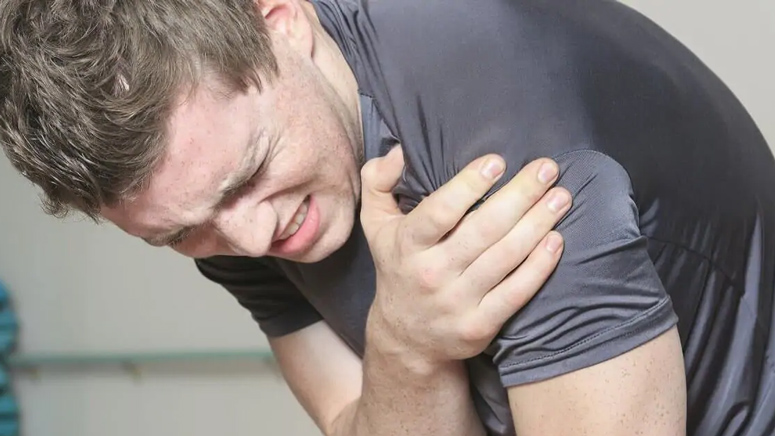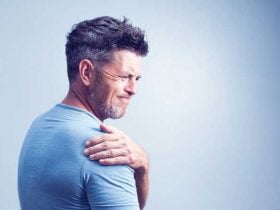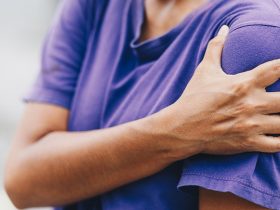The shoulder labrum is a type of rubbery that lines the shoulder socket (Called the glenoid) of the shoulder joint. The labrum helps keep your shoulder joint in place. When the labrum tears, it causes one to feel shoulder pain or experience shoulder instability (the feeling that your shoulder is slipping out of place). Labral tear is usually as a result of overuse or injury and commonly accompanies other injuries to the shoulder.
Currently, about 25% of adults will deal with shoulder pain due to an injury or overuse. Superior Labrum, Anterior to Posterior tears (SLAP tears), also known as labrum tears, represent 4% to 8% of all shoulder injuries.
The glenoid labrum is denoted by the L in SLAP. In order to maintain pain-free shoulder function, your labrum serves two crucial functions. The top portion of your upper arm bone is first cushioned by your labrum. With the aid of this cushion, your upper arm bone can remain cradled in the socket of your shoulder. Second, one of the bicep tendons and the socket of your shoulder blade meet at the labrum.
Your labrum’s top is denoted by the letter S in SLAP. Your bicep tendon is no longer attached to the socket of your shoulder blade and the cushioning function of your upper arm bone is gone when this portion of your labrum tears. Consequently, your shoulder aches and feels unsteady.
There are several ways you can tear your labrum. SLAP tears are common injuries for people who play sports. Your labrum can be torn by an injury or simply over time as you age.
Some SLAP tears can be treated with the rest and physical therapy, but severe cases may require surgery.
Types of Shoulder Labrum Tears

A shoulder labral tear can happen in any of the following locations around the glenoid:
- Bankart tear: The front or lower portion of the glenoid is where a Bankart tear or lesion occurs.
- Tear in the posterior labrum: This type of tear happens behind the shoulder joint.
- SLAP tear: A superior labrum anterior to posterior (SLAP) tear runs from the front to the back, where the biceps tendon attaches to the shoulder, at the top of the glenoid (shoulder socket). Athletes that move quickly and elevate their arm above their shoulder, such as pitchers in baseball and tennis, are prone to this injury.













